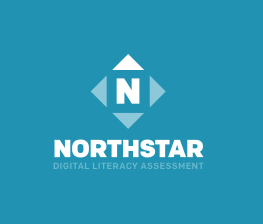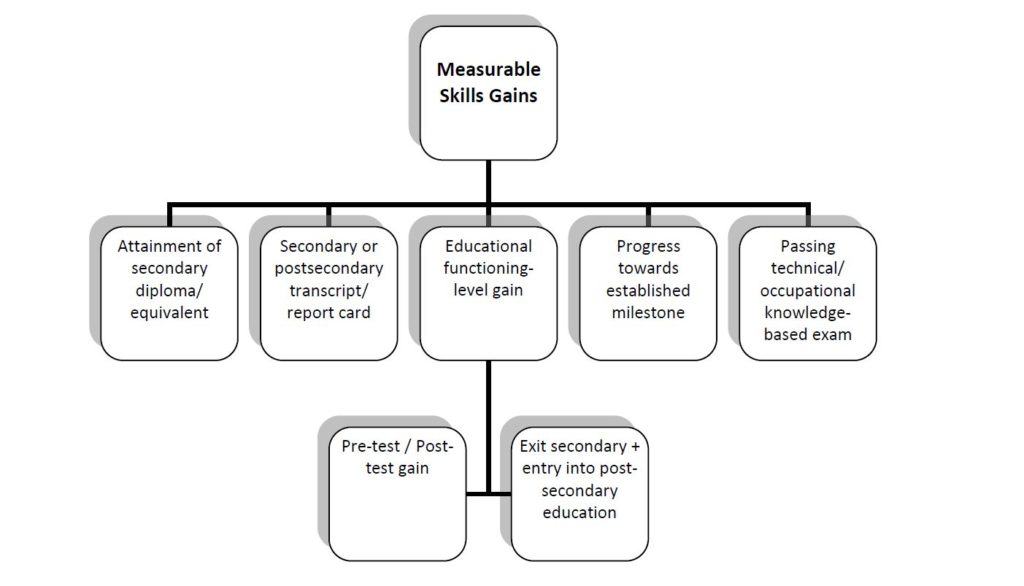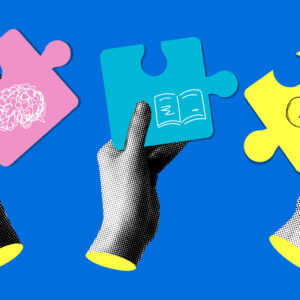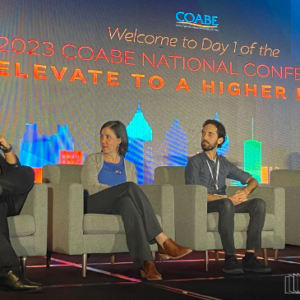By Tom Cytron-Hysom
Adult Basic Education programs across the US are working to integrate more digital literacy instruction into their educational programming. Knowing exactly how that programming fits within reporting and outcomes requirements that frame federally funding programming is essential for digital literacy efforts to take root in federally funded programs.
The Workforce Investment and Opportunity Act (WIOA) provides federal funding for state-level workforce development and education programs, including Title I (employment related activities, including American Job Centers) and regional planning, Title II (Adult Basic Education), Title III (making Employment Services part of American Job Centers), and Title IV (Vocational Rehab). Digital literacy, indeed, is included as an allowable activity under this WIOA framework.
WIOA defines workforce preparation activities as including “activities, programs, or services designed to help an individual acquire a combination of basic academic skills, critical thinking skills, digital literacy skills, and self- management skills, including competencies in utilizing resources, using information, working with others, understanding systems, and obtaining skills necessary for successful transition into and completion of postsecondary education or training, or employment.”
Northstar Digital Literacy Assessment results as measurable skill gain
 WIOA providers in adult basic education programs and American Job Centers are beginning to use successful completion of Northstar Digital Literacy Assessments as a measurable (digital literacy) skill gain for students enrolled in Integrated Education and Training programs.
WIOA providers in adult basic education programs and American Job Centers are beginning to use successful completion of Northstar Digital Literacy Assessments as a measurable (digital literacy) skill gain for students enrolled in Integrated Education and Training programs.
The August 2017 OCTAE Memo defines the measurable skills gain indicator as “used to measure interim progress of participants who are enrolled in education or training services for a specified reporting period…it is not an exit-based measure.” It is “intended to capture important progressions through pathways.” While adult educators are most familiar with pre-post test Educational Function Level gain, there are actually five measurable skill gain types in WIOA. Sub measure 4 is defined as “progress…towards established milestones…from a…training provider”. Sub measure 5 includes “successful passage of an exam that is required for a particular occupation or progress in attaining technical or occupational skills…such as knowledge based exams.”
What does this mean regarding the Northstar Digital Literacy Assessment?

Each ABE program has the option of identifying measures they will report as measurable skill gains for sub measures 4 and 5, for Integrated Education and Training (IET) classes. Thus, an Adult Basic Education program, as part of its WIOA reporting, could decide to define passage of specific Northstar assessment modules (knowledge based exams) as evidence that students are attaining technical and/or occupational skills in career pathways. This decision would need to be supported by state level reporting guidance, like this joint WIOA guidance from Wisconsin. The results would be reported on NRS Table 11.
Currently, no WIOA programs have targeted performance rates for these measures, but the baseline data for these new measures will help the federal agencies and states decide how to move forward with accountability.
Some states have already begun reporting Northstar assessments as part of measurable skill gains in some way. Alabama, for instance, is accepting Northstar as a credential within their intensive Ready to Work program. Colleges then incorporate the Ready to Work program into approved training programs such as advanced manufacturing, which is reportable under WIOA. As a measurable skill gain, the Northstar credential documents interim progress for an individual and so does not need itself to meet the definition of a recognized postsecondary credential, which is one of the WIOA exit-based measures.
WIOA funded ABE and workforce development programs are increasingly providing IT Career Pathway programs. In Minnesota, for example, several such career pathways are in development, which will include Northstar assessments (on-ramp), Microsoft Office Specialist (bridge), and higher level tech skills (higher ed). Students will be able to exit and re-enter the various levels over time as their needs change. The Northstar assessments will play an increasingly important role as components in these career paths, serving as stackable credentials for employers.
Northstar is a program of the Minnesota Literacy Council, which is a partner of the EdTech Center @ World Education and of its national Digital US initiative. Northstar has been managed by Tom Cytron-Hysom, MA, since its inception in 2012. Tom has over 25 years experience in Adult Basic Education. His focuses include digital literacy and technology, distance learning, and human rights. Tom facilitates professional development trainings widely at the state and national levels. He is dedicated to the use of technology not as an end in itself, but as a tool to empower individuals in their lives.




